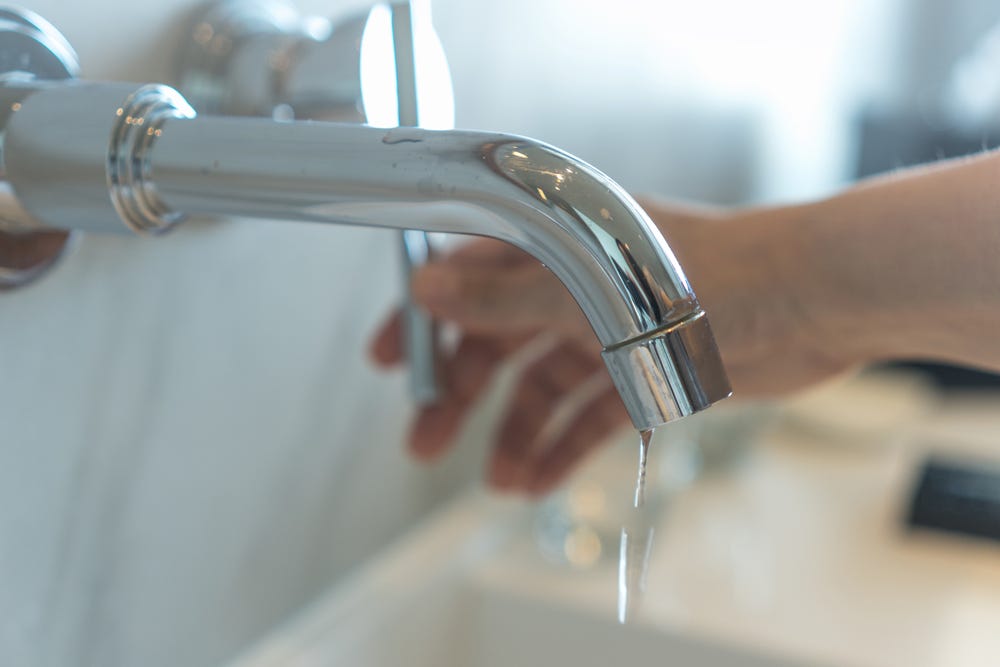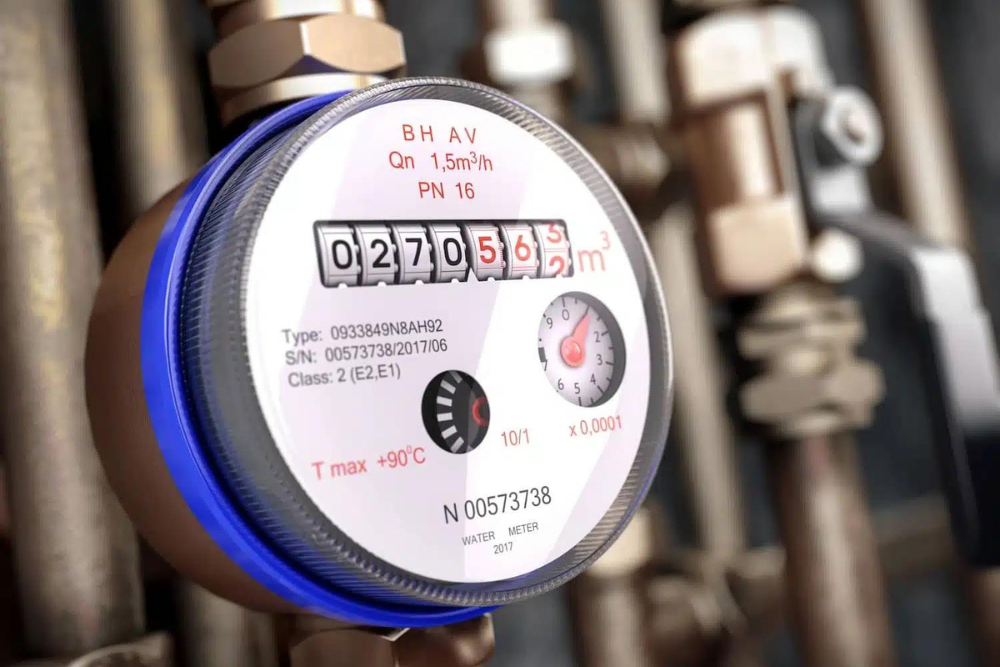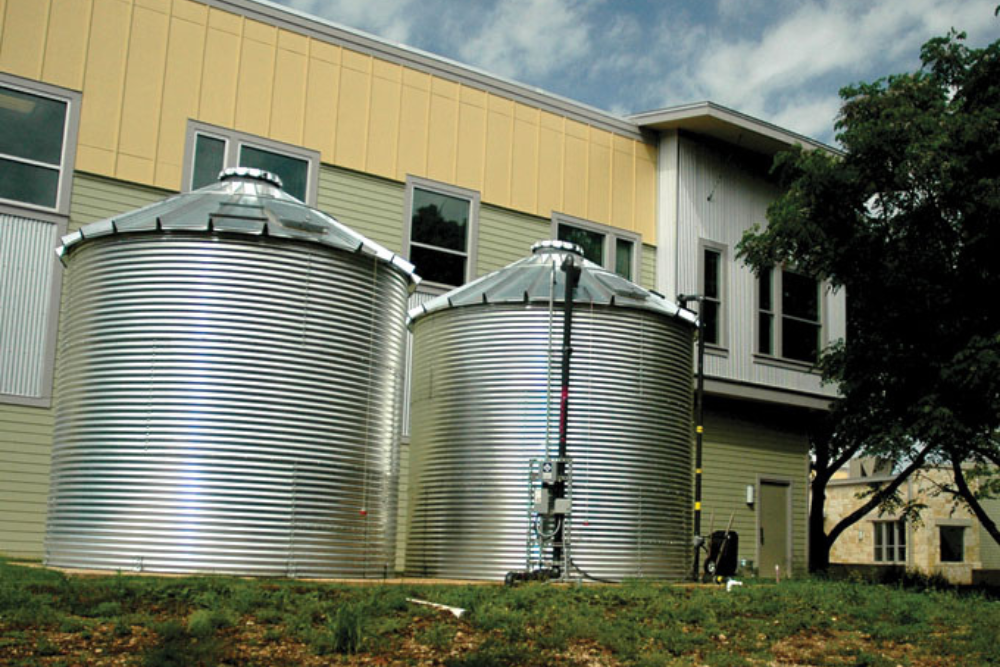Office buildings, schools, hotels, hospitals, restaurants, and other commercial and institutional facilities use a significant amount of water and energy in their daily operations. WaterSense, a U.S. EPA Partnership Program, has developed a variety of resources and initiatives to help facility owners and managers evaluate and adjust their building and site practices to save water, energy, and operating costs.
All types of organizations are increasingly aware of the need to use water more efficiently to reduce their risk to water shortages and increasing costs. There is a strong business case to be made for water efficiency.
Planning is the foundation of effective water management. Facility leaders and their teams should consider forming water management teams to review water use and develop implementation plans in the context of achieving the established water management goals. This review allows the organization to evaluate progress, set new goals, and continually improve.
Meanwhile, implementing metering allows a facility to monitor water use and quickly find and fix leaks or other unnecessary water use. It also has the added benefit of enabling the facility management department to identify cost-effective water use reduction opportunities and to track project savings.
Lastly, leaks are water wasted with no intended use or purpose; once identified, leaks should be the first area to target from a water management perspective. With a few simple steps, a facility can establish a comprehensive leak detection and repair program, which can save water, money, time, and expenses that would otherwise be associated with unmanaged leaks.
There is a strong business case for water efficiency in commercial and institutional buildings: reducing water use lowers the costs associated with operating and maintaining equipment, as well as the energy needed to heat, treat, store, and deliver water.
Over the past decade or so, the costs of water and wastewater services have risen at a rate well above the consumer price index. Facility managers can expect these and other utility costs to continue to increase in order to offset the costs of replacing aging water supply systems.
Carrying out and communicating water efficiency efforts can position facility managers as leaders in their organizations–and the wider community–who are helping to improve sustainability.
Planning

Water management planning serves as the foundation for any successful water reduction effort. It is the first step a commercial or institutional facility should take to achieve and sustain long-term water savings. Water management planning generally addresses water use reductions in four areas:
- Reducing water losses (e.g., leaks)
- Increasing the water efficiency of fixtures, equipment, systems, and processes
- Educating employees and occupants about water efficiency to encourage water saving behaviors
- Reusing on-site alternative water that would otherwise be discarded or discharged to the sewer (e.g., reusing treated graywater or rainwater to water landscape areas)
Effective water management planning can be coupled with energy and waste management and follows the same framework used in the ENERGY STAR Guidelines for energy management, which consists of these basic steps
- Making a commitment
- Assessing facility water use
- Setting and communicating goals
- Creating an action plan
- Implementing the action plan
- Evaluating progress
- Recognizing achievement
Metering

An important rule in water management (and facility management, in general) is that you cannot manage what you do not measure. Tracking a facility’s total water use as well as specific end uses is a key component of a facility’s water efficiency efforts. Accurately measuring water use can help facility managers identify areas for targeted reductions and to track progress from water efficiency upgrades. Submeters can also help identify leaks and indicate when equipment is malfunctioning.
Meters and submeters can be integrated into a centralized building management system, making it easy to track usage and implement a water management plan. These systems are capable of electronically storing data from meters and submeters, reporting hourly, daily, monthly, and annual water use. These can also trigger alerts when leaks or other operational anomalies are detected.
Installing the correct meter and ensuring it functions properly are critical to accurate water measurement. There are many types and sizes of meters intended for different uses, so it is important to choose the correct one.
Leak Detection

Unfortunately, leaks often go undetected, particularly if a facility is not routinely monitoring its water use. On average, leaks can account for more than 6% of a facility’s total water use. Identifying and repairing leaks and other water use anomalies within a facility’s water distribution system or from particular processes or equipment can keep a facility from wasting significant quantities of water.
An aggressive leak detection and repair program can help facility managers better understand their building water use and save money by avoiding water waste. Reading meters, installing failure abatement technologies, and conducting visual and auditory inspections are important best practices to detect leaks. To reduce unnecessary water loss, all detected leaks should be repaired as quickly as possible.
Alternative Water Sources

Facilities can further reduce potable water use by taking advantage of on-site alternative water sources. An on-site alternative water source is the water discharge from one application or process that is captured, treated, and utilized in another application. These alternative water sources can vary greatly in quality and must be carefully matched with an appropriate end-use.
Potential onsite alternative water sources include:
- Rainwater/stormwater
- Foundation drain water
- Treated graywater
- Condensate from air handler equipment
- Filter and membrane (e.g., reverse osmosis system) reject water
- Cooling equipment blowdown
Although discharge from single-pass cooling systems can be a suitable on-site alternative water source, facility managers should first consider eliminating single-pass cooling. If elimination is not feasible, then consider reuse of the discharge water for another purpose.
General considerations for reuse of onsite sources of water include the quality constraints of the source and the potential types of treatment that may be needed to meet the quality needs of the proposed end use.
Create, Or Improve, Facility Water Management Programs
Water is vital to the survival of everything on the planet and is limited in supply. While the population and the demand on freshwater resources are increasing, supply remains constant. A recent government report found that 40 out of 50 state water managers expect water shortages in some portion of their locations under average conditions in the next 10 years. Managing water is a growing concern in the United States. Communities and the facilities in them across the country are starting to face challenges regarding water supply and water infrastructure.







